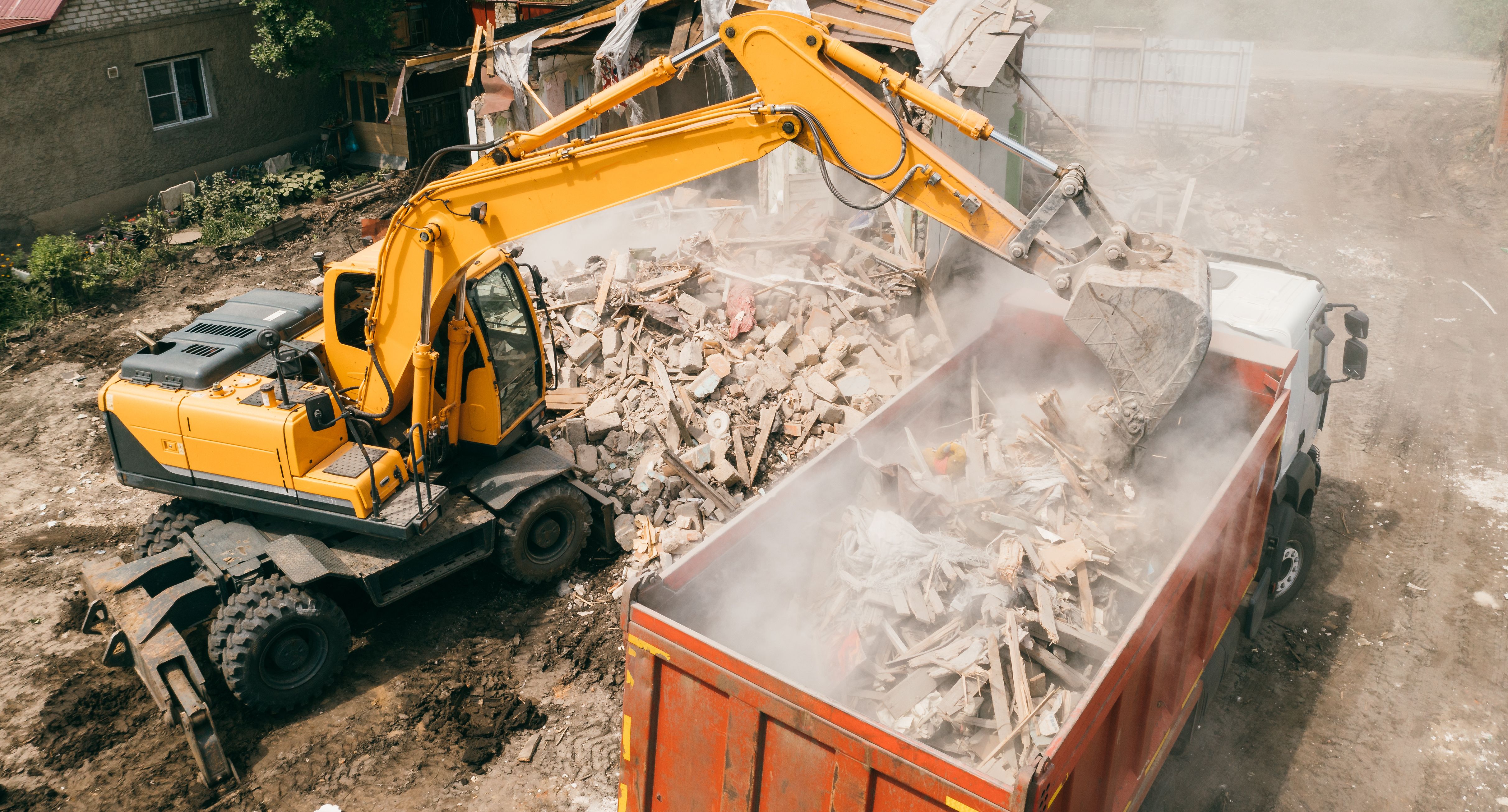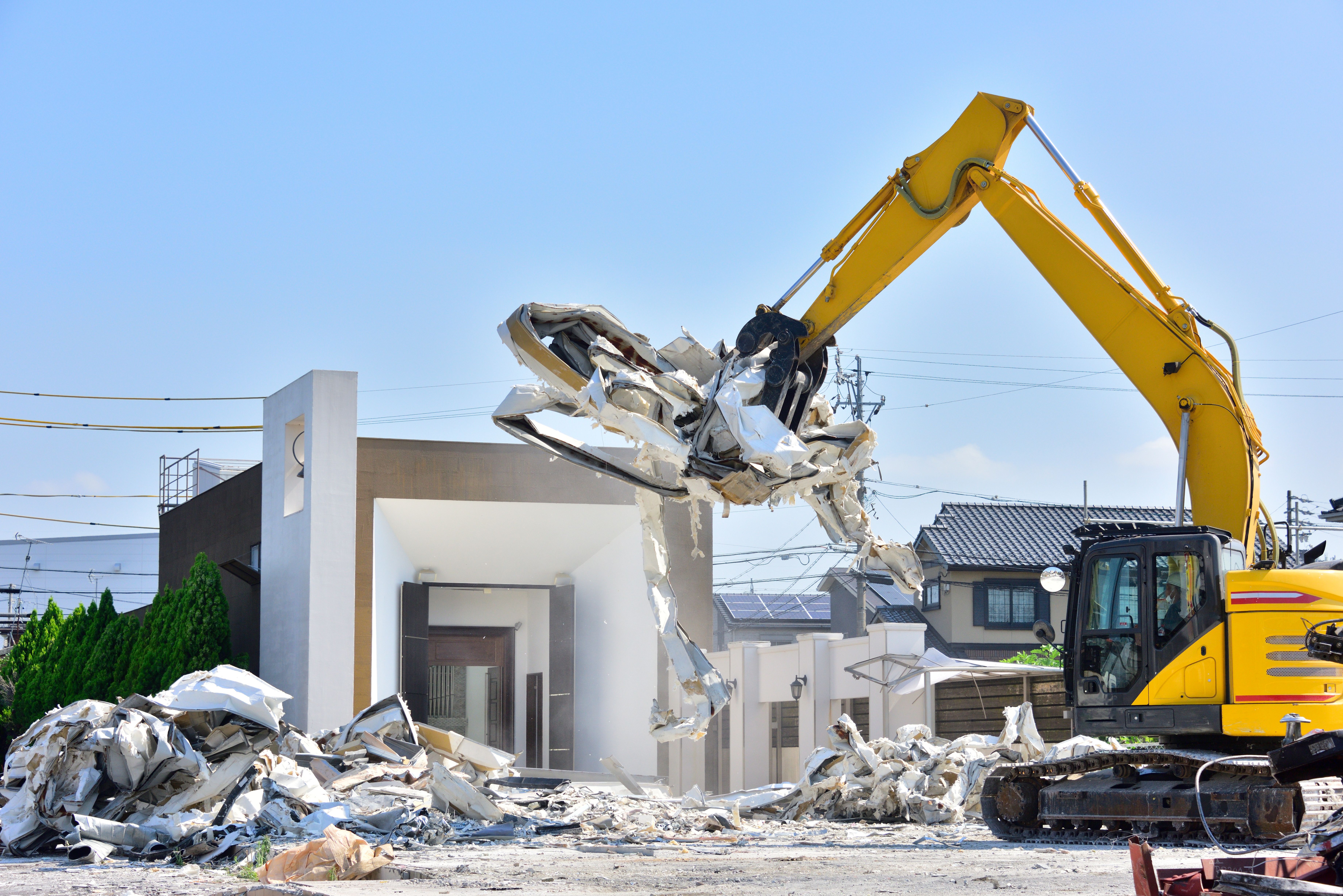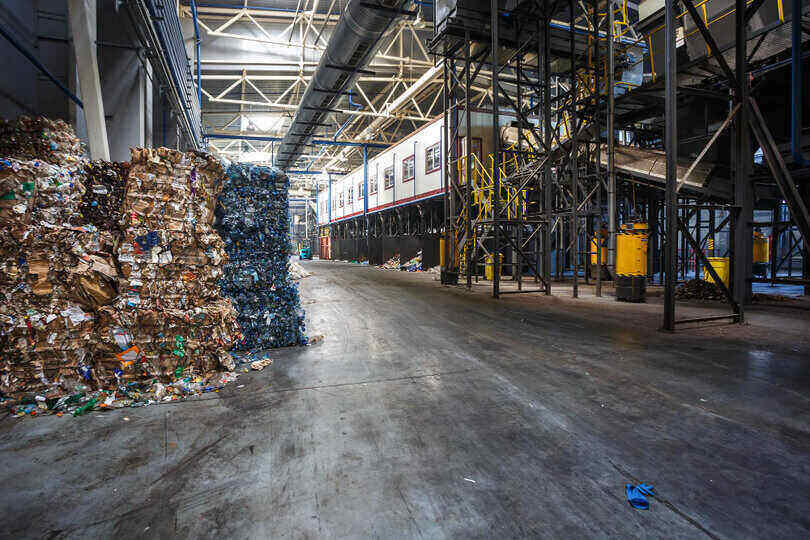How To Dispose Of Demolition And Construction Waste
October 19, 2022
Construction and demolition debris (C&D) is one of the fastest-growing waste streams in the United States. This demolition waste from a single construction site includes materials such as concrete, wood, gypsum wallboard, asphalt shingles, and metals.
In 2012, the construction industry generated approximately 569 million tons of C&D debris in the United States. This is equivalent to approximately 2.7 pounds of solid waste per person per day. Unfortunately, only about 30% of this construction waste is recycled or reused. The rest is typically disposed of in landfills.
The good news is that C&D recycling is becoming more prevalent. In fact, the recycling rate for construction and demolition waste has more than doubled since 2000. There are a number of reasons for this trend, including increased environmental awareness and improved recycling technologies.
One challenge facing the C&D recycling industry is the wide variety of materials that can be classified as C&D debris. As a result, it can be difficult to develop effective recycling programs that are able to handle all types of C&D waste generated.
However, with continued innovation and commitment, it is possible to increase the generation of recycled materials from C&D debris even further.
Why is Construction Waste Management Important?

In the United States, the Environmental Protection Agency (EPA) estimates that construction and demolition activities account for nearly 30% of all solid waste that is generated each year. That's a lot of waste!
While it may seem like a hassle to dispose of demolition and construction waste from numerous construction projects properly, it's actually important for both environmental and financial reasons.
First of all, construction waste takes up valuable space in landfills. No matter where the waste generation takes place, the solid waste is, by default, sent to landfills. Even though many of these materials can be recycled or reused, which reduces the need for mining and logging operations.
Also, proper disposal of construction waste generated helps to protect the air and water quality in our communities. When Construction waste is improperly disposed of, harmful chemicals can leach into the ground and contaminate both soil and water sources.
One example of the importance of proper construction waste management comes from the city of Chicago. In 2013, the city implemented a construction waste management ordinance that requires all construction and demolition projects to divert at least 50% of their waste away from landfills.
The ordinance has been successful in reducing the amount of construction waste that is sent to landfills each year, and it has also helped to create jobs in the city's recycling industry.
Another example comes from San Francisco, which has been working to increase its recycling rate for construction and demolition waste. In 2010, the city's recycling rate was just 20%.
But by 2016, thanks to new programs and policies that encouraged contractors to recycle more of their waste, the recycling rate had increased to 70%. That's a dramatic increase, and it shows what can be accomplished when proper construction waste management is a priority.
What are the different types of construction and demolition waste?

Construction and demolition waste (C&D waste) is generated during the construction, renovation, and demolition of buildings. C&D waste includes a wide range of materials, including concrete, bricks, wood, glass, metal, plasterboard, and more.
1. Insulation and asbestos
Asbestos is a naturally occurring mineral that was once widely used in the construction process due to its fire-resistant properties. However, asbestos can be harmful to human health if inhaled, and it is now regulated by the Environmental Protection Agency.
Insulation is also a common type of construction waste, and it can be made from a variety of packaging materials, including fiberglass, foam, and cellulose. While insulation is not hazardous, it can be difficult to recycle or dispose of properly.
2. Concrete, bricks, etc.
Construction and demolition waste make up a significant percentage of the waste generated each year. Among this waste, concrete and bricks are two of the most prevalent materials.
Concrete is a versatile material that is used in a wide variety of applications, from foundations to sidewalks. Bricks, on the other hand, are typically used for walls and other load-bearing structures.
Given their abundance in construction and demolition waste, it is important to understand how these materials can be recycled or reused.
3. Wood, glass, plastic
Wood, glass, and plastic are all common types of building materials found in the construction and demolition debris stream. Each of these materials has different recycling or reuse potential.
For example, wood can be reused in some applications or chipped and used as mulch or animal bedding. Oftentimes, it is difficult to recycle because it can be contaminated with nails or other hardware.
Glass can be recycled back into new glass products but it must be separated from other types of waste first. Plastic can be recycled into new plastic products, often downcycled into lower-quality products, or used as fuel in certain industrial processes.
4. Metals
There are three main types of metals found in construction-related waste: ferrous metals, non-ferrous metals, and precious metals. Ferrous metals, such as iron and steel, are widely used in the construction industry. They are durable and have a relatively low cost, making them ideal for use in structures that need to support a lot of weight.
Non-ferrous metals, such as aluminum and copper, are also used in construction. They are lightweight and have good conductivity properties, making them ideal for electrical applications. Precious metals, such as gold and silver, are often used in decorative applications. They are rarer than other types of metals and have a higher value.
5. Cement
Cement is a binding agent used in construction. It is made from a mixture of limestone, clay, and other minerals, which are then heated to form a rock-like substance. Cement is most commonly used to make concrete, which is used in everything from buildings and bridges to sidewalks and driveways.
However, cement can also be found in mortar, plaster, and grout. When construction or demolition projects generate waste material that contains cement, it is classified as construction and demolition waste (C&D waste).
6. Others
Besides the usual concrete, waste wood, metal, asphalt concrete, plastic, glass, and insulation debris that comes from a typical construction site or demolition projects, gypsum drywall, masonry waste, packaging materials, appliances, clothing, and yard debris, and other contaminated aggregate are included in the waste generation process.
4 ways to dispose of construction waste materials

Construction and demolition (C&D) waste is a significant contributor to the solid waste stream in many countries. In the United States, for example, it is estimated that C&D activities generate more than 136 million tons of waste each year.
When managed sustainably, this waste stream can be a valuable resource. Sustainable materials management (SMM) practices seek to reduce the environmental impacts of C&D waste through reuse, recycling, and proper disposal.
SMM strategies can help to reduce the amount of C&D waste going to landfill, and can also provide economic benefits by creating new revenue streams from the sale of recycled and recyclable materials. In addition, SMM can help to create jobs in the recycling and reuse industries.
As our population continues to grow and urbanization increases, the need for managing waste sustainably will become even more pressing. Here are a few common methods through which building materials and other construction waste can be disposed of responsibly.
1. Donate
While there are many ways to manage the solid waste stream sustainably, one method is to donate construction materials before they get disposed of. Donation options may include salvaging or deconstructing materials for reuse or recycling.
When done correctly, donating construction heavy materials can have a number of sustainable benefits. For example, it can reduce the amount of waste that goes to landfill, lessen the embodied energy of construction projects, and provide social benefits by keeping usable materials out of the waste stream.
However, it's important to note that not all donated materials will be reused or recycled - some may still end up at landfill disposal. Therefore, it's important to assess each material individually to determine whether it has potential for reuse or recycling before making the decision to donate.
2. Reuse or recycle
Construction workers can sort through the waste to find items that can be reused such as bricks, tiles, and metal pipes. These items can then be cleaned and used again in new construction projects, abiding by state and local regulations. Alternatively, the materials can be recycled.
For instance, concrete can be crushed and used as a base for new roads or paths. Wood can be chipped and used as mulch or firewood. Through material recycling, we can reduce the amount of waste that ends up at landfill sites, and we can also save energy and resources that would otherwise be required to produce new building materials.
3. Landfilling
While recycling and reuse are great options for reducing the amount of waste sent to landfills, sometimes disposal is the only option.
Most landfills are designed to keep water out so that leachate does not contaminate groundwater. This means that construction waste will not decompose in a landfill as organic waste does. Instead, it will slowly break down over time, releasing methane gas as it does.
While methane is not toxic, it is a greenhouse gas that contributes to climate change. In addition, landfills can take up a lot of space, which could be used for other purposes such as parks or housing developments. For these reasons, it is important to consider all options for disposing of construction waste before sending it to the landfill.
4. Special waste disposal for hazardous waste
Mercury
Mercury waste from construction and demolition sites is disposed of by trained professionals using special equipment. The first step is to collect the mercury-containing waste, which is then placed in double-walled containers.
These containers are then transported to a landfill that is specifically designed for mercury waste disposal. Once at the landfill, the containers are placed in a lined pit and covered with clean soil.
The soil cover helps to prevent mercury vapors from escaping into the atmosphere and protects against contamination of groundwater. Mercury waste disposal sites are closely monitored to ensure that they are effective in preventing environmental contamination.
Lead
Lead waste can be recycled or incinerated. recycling is the process of breaking down lead-based materials and separating out the lead so that it can be reused. Incineration is the process of burning lead-based materials to produce energy. Both methods are effective at preventing lead from entering the environment and causing harm.
A few other methods like solidification and stabilization, thermal treatment, and lead smelting can be carried out depending on the specific circumstances of each construction or demolition project.
Asbestos
Asbestos waste from construction and demolition sites is typically disposed of in one of the following ways: landfilling, incineration, deep-well injection, or recycling.
Landfilling is the most common method of disposal and involves simply burying the asbestos waste in a lined landfill. Incineration involves burning the asbestos waste at a high temperature, typically 2,000 degrees Fahrenheit or higher.
Deep-well injection involves pumping the asbestos waste into a deep underground well, where it is sealed in by layers of impermeable rock.
Asbestos recycling facilities take in waste asbestos and process it into new materials that can be used in a variety of applications. This not only reduces the volume of waste that must be disposed of but also conserves resources and reduces greenhouse gas emissions.
Final Thoughts on efficiently disposing of Construction and Demolition Materials
If you're planning a construction or demolition project, you'll need to find a waste collection service that can handle the materials you'll be generating. And if you're looking for the most affordable option in Texas and other major cities in the US, Haulla is the way to go. Contact us today to learn more about how we can help you with handling construction wastes.
